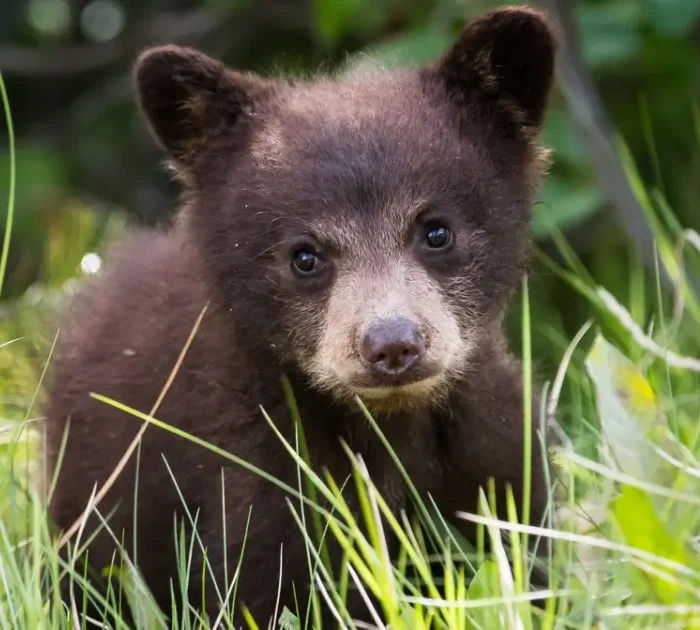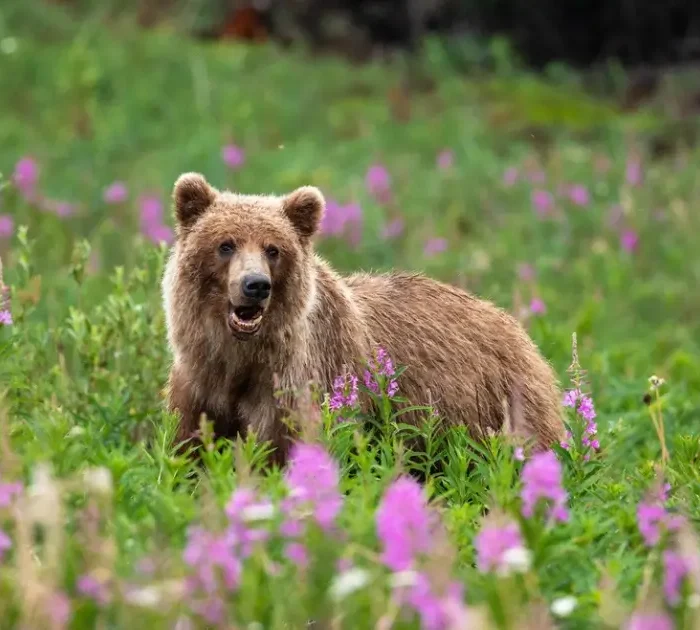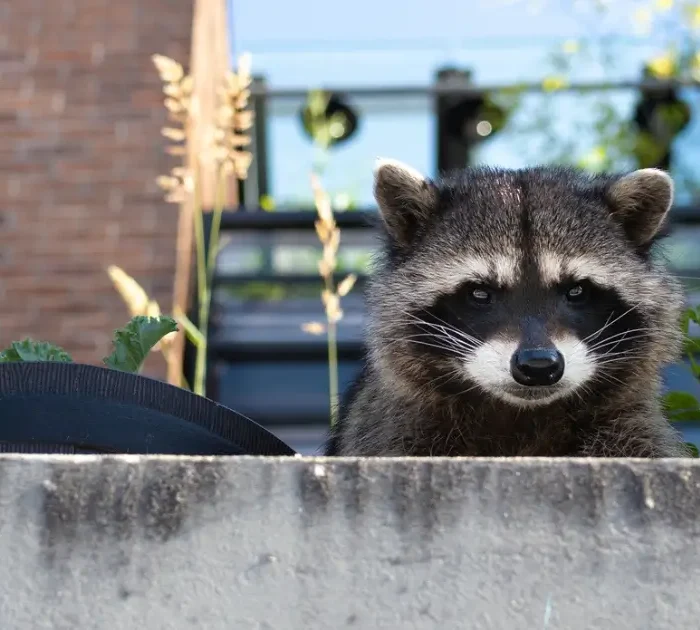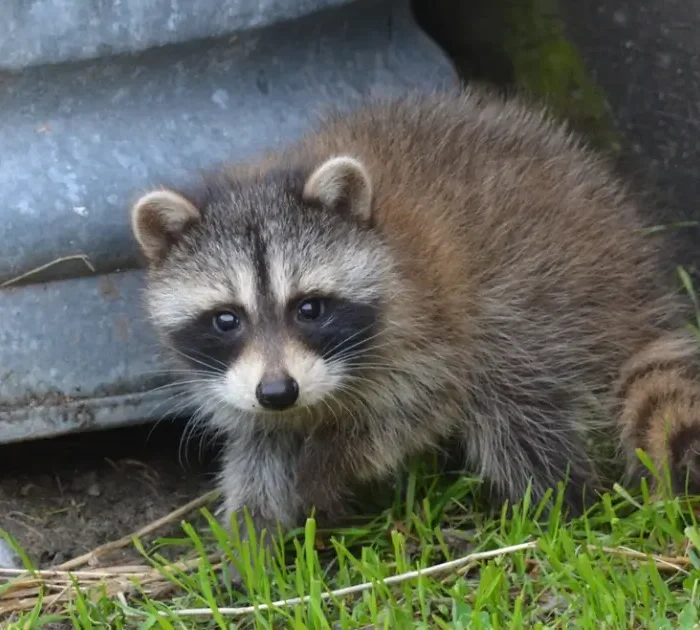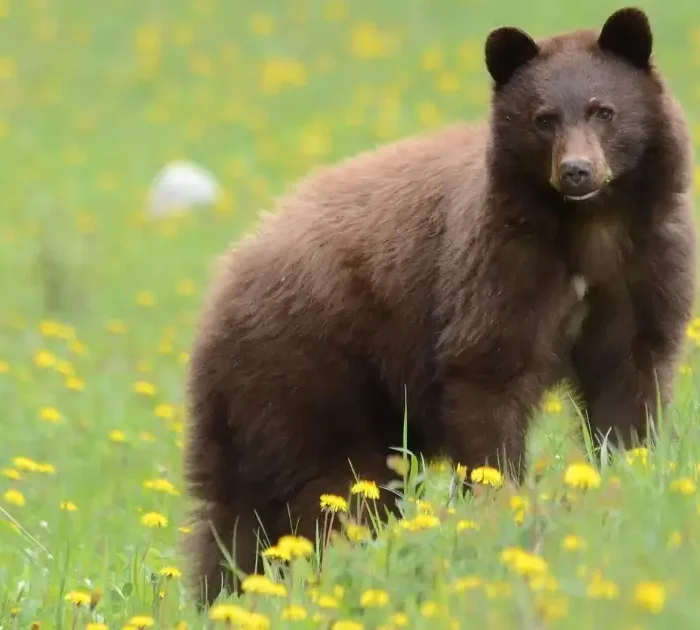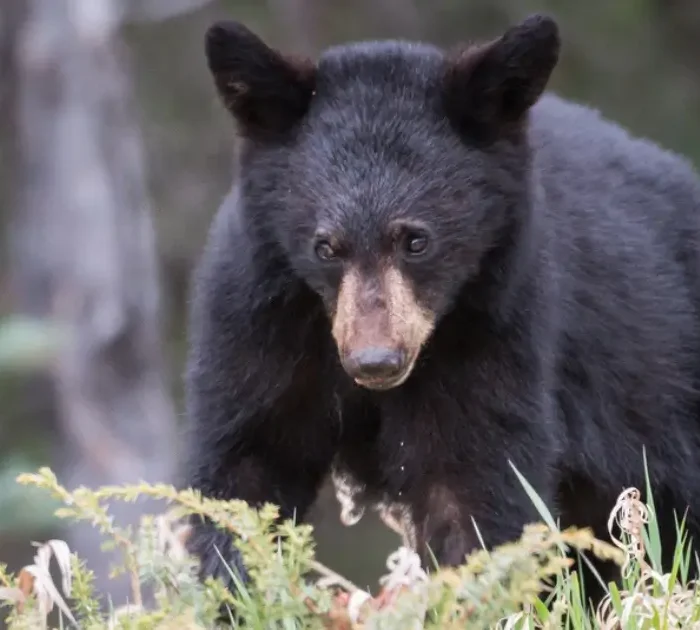What is Coexistence?
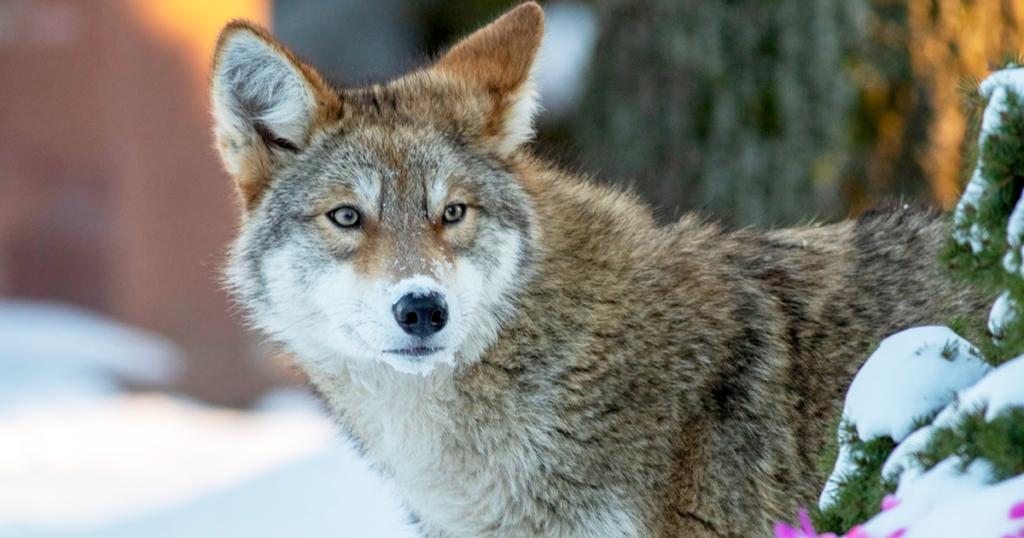
Photo provided by Coyote Watch Canada
Coexistence means for two objects to exist at the same time and in the same place. Coexisting with wildlife means people and animals living together in the same communities at the same time.
As cities expand, the climate changes, and ecosystems adapt to significant human disruptions, finding ways to live with wildlife become more important. While traditional thought is that wildlife must exist elsewhere, science and experience have proven that living alongside wildlife is not only beneficial to ecosystems and communities, but essential for sustainable, healthy communities.
Making coexistence a daily intention requires understanding the local ecosystem, the needs and wants of everyone within it – including people and wildlife, and seizing opportunities to ensure everyone is able to live happily and safely.
It also means understanding the negative impacts human behaviour can have on wildlife, particularly through indirect or direct feeding.
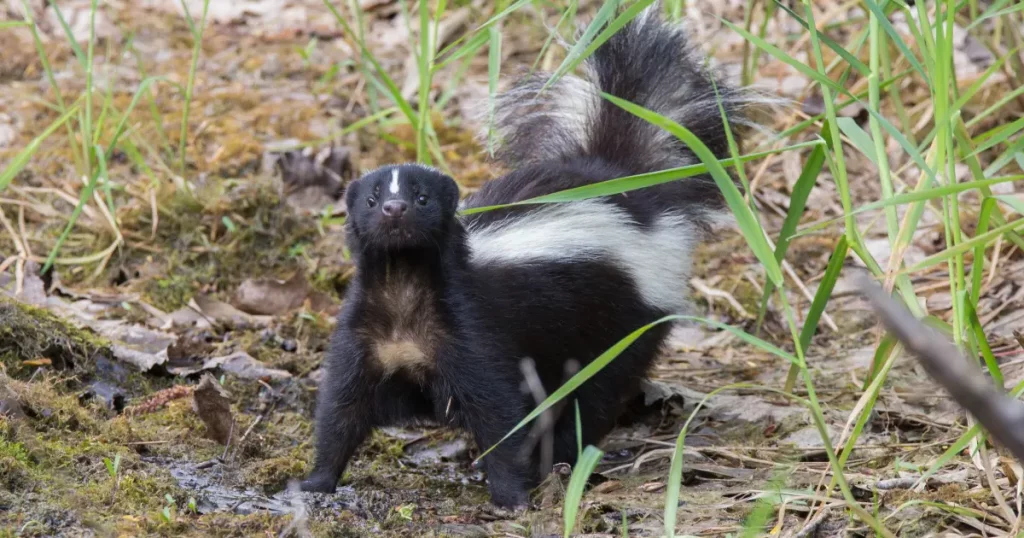
Photo by mirceax / Getty Images
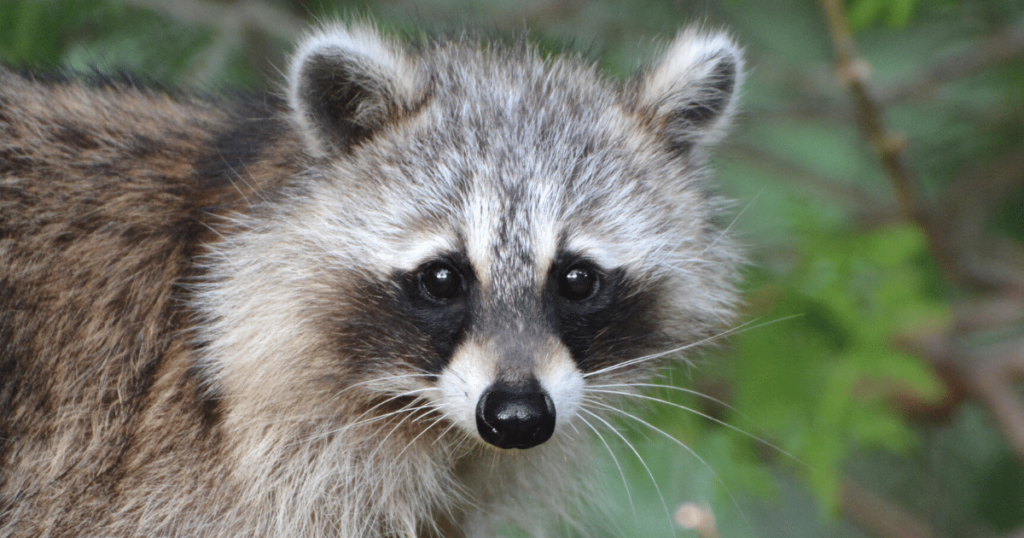
Photo by Carol Hamilton / Getty Images
In this section of our website you will find resources, tools, and research about coexistence, organized by species.
Below is a recent list of coexistence-related articles and content that may be of interest and helpful to newcomers to the concept of coexistence.
Are we missing anything that should be on this page? Let us know! Email us at info@TheFurBearers.com or use our contact form by clicking here.
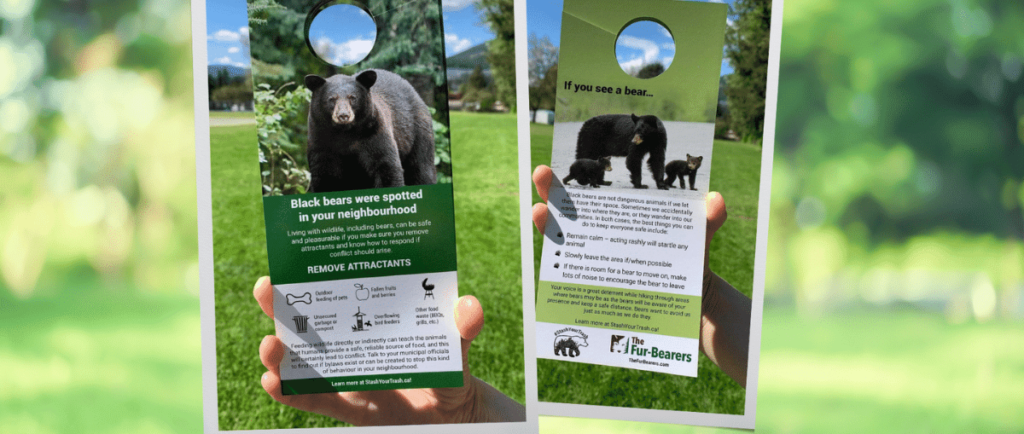
Door Hangers Available:
- Coexisting with Bears
- Coexisting with Coyotes
- Coexisting with Wildlife (general)
Our coexistence door hangers are designed to be a simple but effective educational tool. The double-sided pamphlet, cut so it easily hooks onto most residential doors, explains the basics on attractant management, what to do if you encounter wildlife, and how to find more information about coexistence.
These door hangers are available FREE upon request for you to distribute in your neighbourhood. Please click here and use the form to request door hangers, and which style you need. We will endeavour to respond to all requests within two business days, and issue approximately 25 door hangers per request (our standard starting point – you can always request more when you’ve distributed the first set). If you require more please contact us directly at info@TheFurBearers.com. If you would like to make a donation to support this program, please click here.
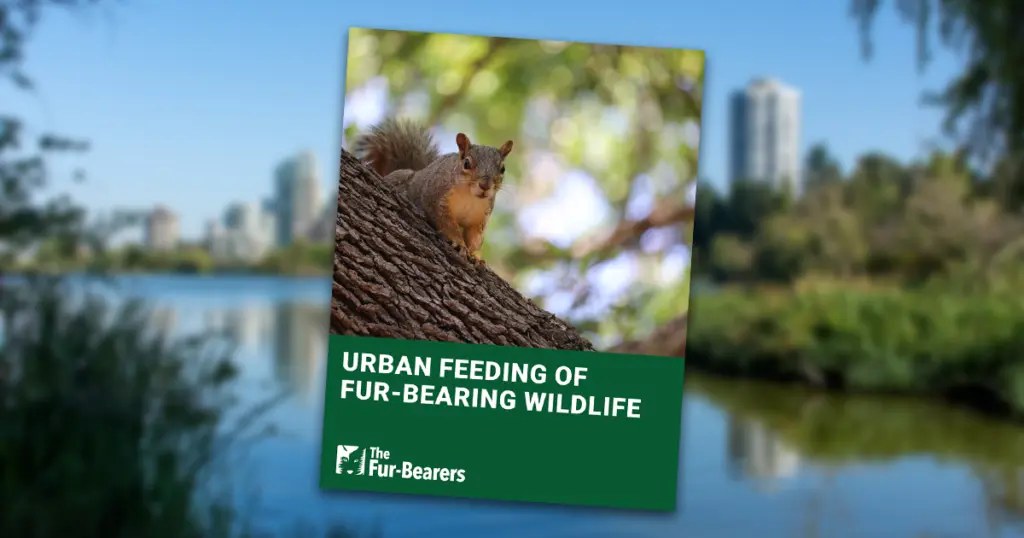 The Fur-Bearers are pleased to share our Urban Feeding of Fur-Bearing Wildlife literature review. This review, compiled by Amelia Porter, MSc, EP, RPBio, organizes and provides an overview of the available studies and general state of knowledge related to wildlife feeding in urban areas.
The Fur-Bearers are pleased to share our Urban Feeding of Fur-Bearing Wildlife literature review. This review, compiled by Amelia Porter, MSc, EP, RPBio, organizes and provides an overview of the available studies and general state of knowledge related to wildlife feeding in urban areas.
The review will help inform our work in reducing negative encounters between people and wildlife, and assist municipalities and decision-makers to reach non-lethal decisions, rooted in the science of coexistence.
Urban Feeding of Fur-Bearing Wildlife answers three main questions:
- Why do people feed urban wildlife?
- What are the impacts to wildlife and humans in terms of behavior, health, ecology and conflict?
- What are proven and potential mitigation strategies?
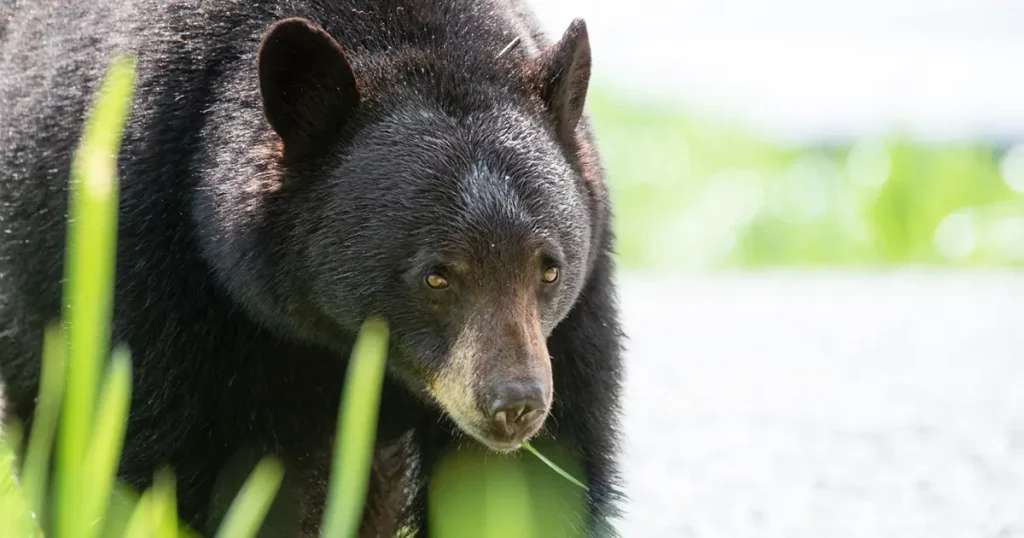
A free Wildlife Attractant Bylaw Toolkit is available to municipalities and concerned residents across British Columbia, with the goal of reducing negative encounters between humans and bears.
The Toolkit, developed by the Get Bear Smart Society, a member of the BC Bear Alliance (of which The Fur-Bearers is also a member), is a result of a multi-stakeholder collaboration and captures the common goal of supporting communities in their efforts to manage and reduce anthropogenic food sources.
The toolkit is robust, including sections on:
- Why wildlife attractant bylaws are necessary
- Methods to reduce human-bear interactions
- First Nation bylaw considerations
- Considerations for presenting to a council or board
- Sample bylaws with detailed explanations
- A complete reference list.
In this section find some of The Fur-Bearers’ videos related to coexistence. Looking for more? Check our YouTube channel by clicking here.
How to take wildlife selfies safely
There’s only a few things you need to know to make sure you and the animals stay safe
Getting up close to wildlife puts animals at risk
A picture or close encounter is never worth the risk that is put on wildlife.
Problems with raccoons? Avoid these common mistakes.
Tips on preventing issues and keeping raccoons out of your home.
Petition tabled in PEI: thousands call for end to trapping
A citizen-led effort to prohibit commerical trapping and snaring in Prince Edward Island continues to grow and gain momentum.
Welcome to new board members
Celeste Morales and Carlene Field were elected to The Fur-Bearers' volunteer board of directors at an SGM.
4 reasons to love rascally raccoons
These ecologically important animals are curious, playful, and help grow nature!
Paper: Uncertain effects to wildlife from collaring and tracking devices
Frontiers paper outlines the need for more research, greater consideration to animal health
Spring cleaning can save lives of wildlife
Attractants like unsecured garbage, outdoor pet food, bird feeders draw animals like bears into yards and busy urban areas.
